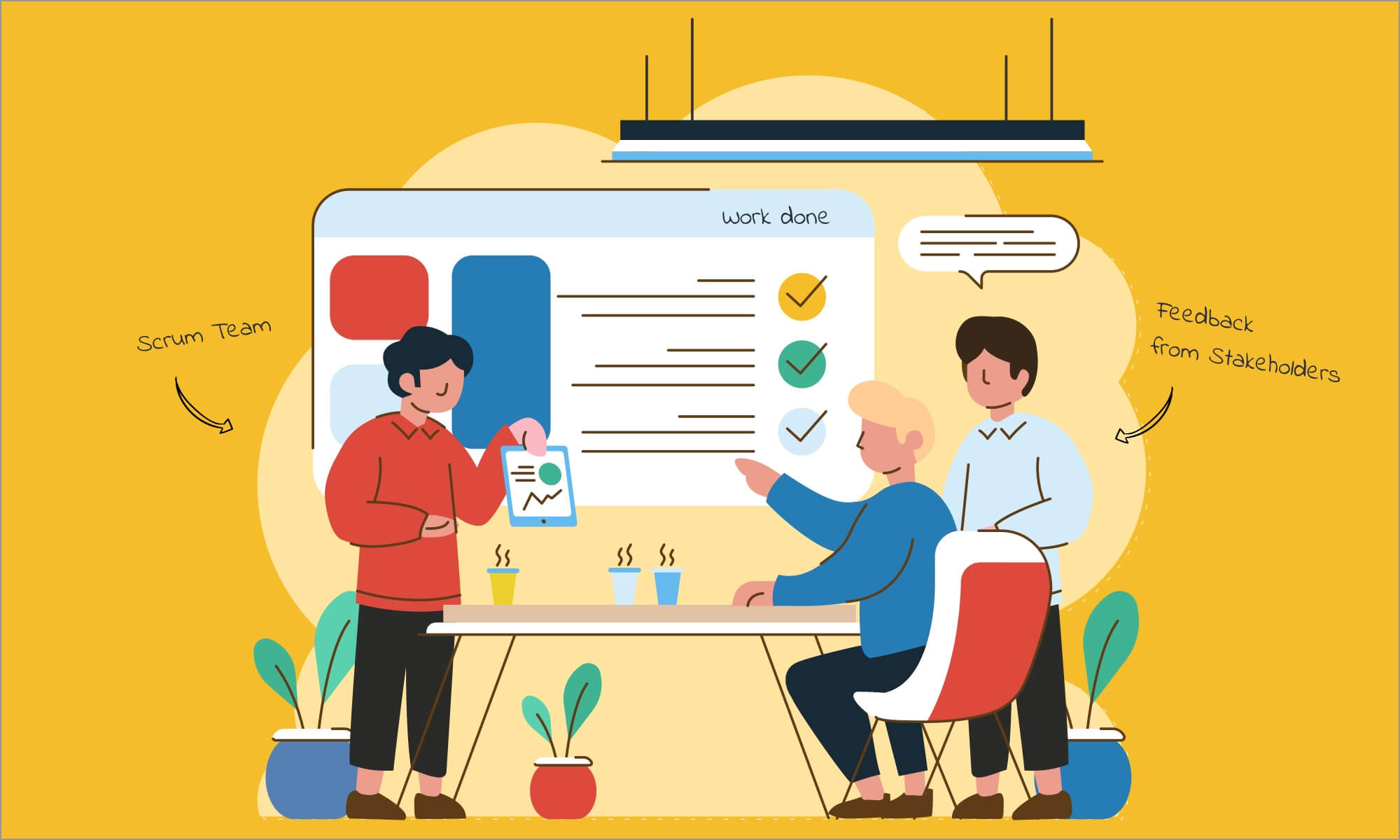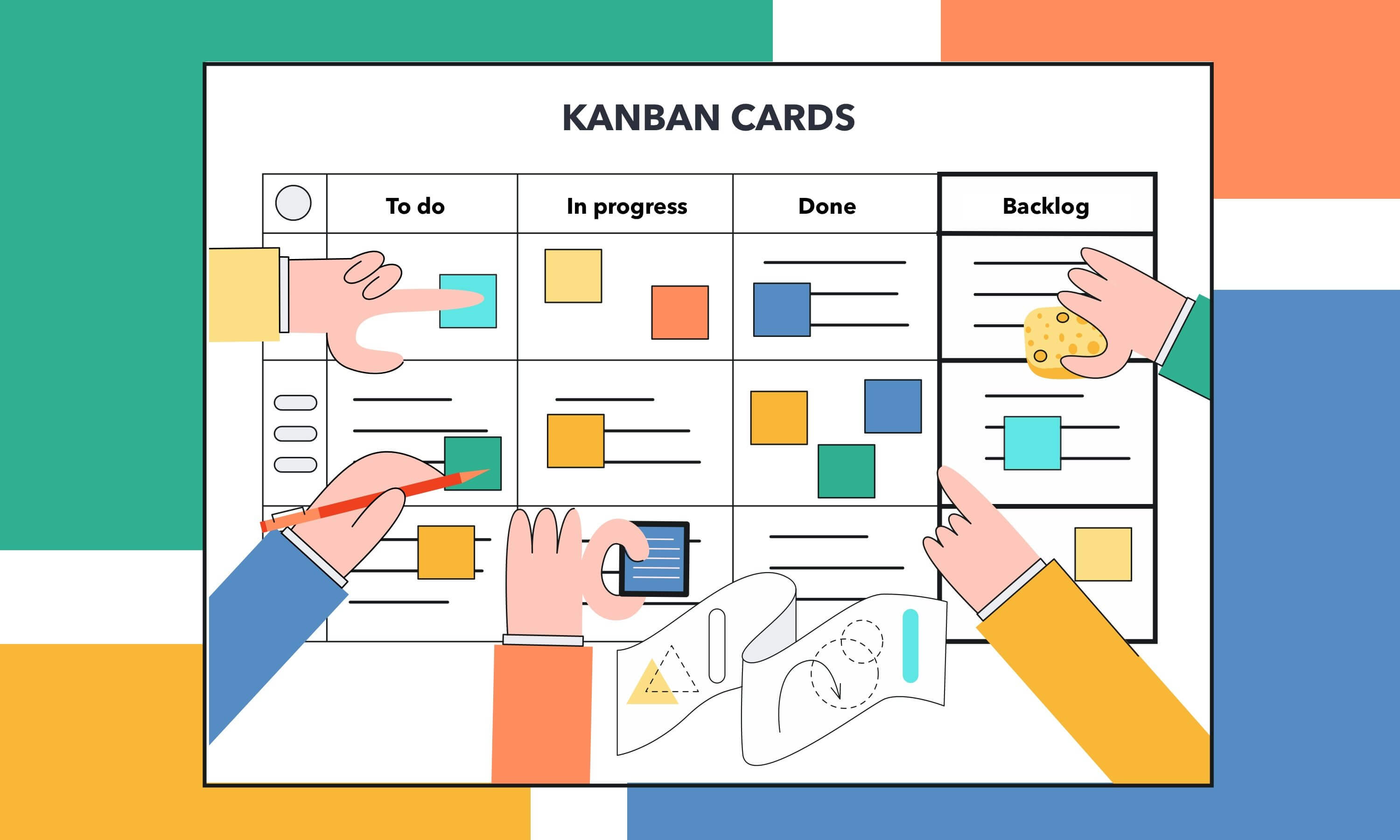Scrum 101: Introduction to Roles in Scrum Teams

The popularity of Agile methods of software development is growing all over the world. Currently, many companies involved in the software industry are implementing Agile methods in their work. The Scrum method is one of the most popular of them. Most of the software companies’ managers all over the world think that it is quite simple to implement it. It is really not hard to understand the theory of Scrum methodology. Its descriptions look just perfect for a manager of a software developing company. However, your enterprise may face unexpected challenges while implementing the Scrum method.
Some of them are connected to the change of corporative culture, required for switching to Scrum. Your employees may not understand their new roles in an Agile Scrum team. The roles in Scrum methodology are quite different than the roles and positions we expect to see in traditional software developing companies.
First of all, it is because of the structure of Scrum teams. Unlike the traditional teams that use Waterfall method to create software, the Scrum teams have no hierarchical structure. At this moment, a traditional manager may think that the implementation of Scrum methodology may lead his team, or even the entire company, to chaos. This is a popular delusion of people who do not understand the Scrum process fully or face it at first in their lives.
The reality is much simpler and much more complex at the same time. Usually, the flexible principles of Scrum teams’ organization allow them to achieve more productivity than the traditional teams of developers. However, to make the work of a Scrum team productive and the project performance successful, it is necessary to implement specific Scrum roles in your company.
There are only four main roles in Scrum Agile methodology. These are the roles of the Scrum team, Product Owner, ScrumMaster, and the Stakeholder. Let’s define these roles and describe their main responsibilities.
The Scrum team
The Scrum team is responsible for the project’s performance. There is no personal responsibility in Scrum. The work of the team is estimated as a whole, so there is no ability to find someone to blame for the failure of the project.
The Scrum team must provide the intermediate results of its work on a project after the end of each sprint. If the sprint goal has already being set, the Scrum team must achieve it anyway and meet the terms of the sprint. It is one of the main features of the Scrum team’s work. When the work on a sprint is finished, its results are provided to the Product Owner so he can estimate them and make his adjustments.
All the Scrum teams are self-organized. It means that they have no certain leader. Every member of the Scrum teams knows exactly what he should do in order to achieve the sprint goal and to perform the projects. One more responsibility of all Scrum team members is participating in the daily Scrums, retrospectives, and other team meetings that are aimed at improving the quality of its work.
The Scrum Master
This role of the Scrum team is often compared to the role of project manager in the traditional teams of developers. However, it differs significantly. The ScrumMaster is not a project manager. He is not responsible for the results of the team’s work. As we already mentioned, the Scrum team takes the full responsibility for the performance of projects. The ScrumMaster is just a coach who helps to make the work of the Scrum team more effective.
This is a person who knows all the best methods of Scrum working process and implements them in the activity of a certain Scrum team. The ScrumMaster is responsible for organizing a Scrum project in a way that will maximize its business value. If it takes less time and money to fulfill the project, it will be an achievement of the ScrumMaster. He is also responsible for the organization of meetings that help to improve the team’s work (daily Scrums, sprint planning meetings, and retrospectives).
The Product Owner
This is one of the most important persons in the Scrum process. The Product Owner is responsible for delivering the Stakeholder’s vision of the project to the Scrum team. It must be a person who fully understands all the requirements and needs of the Stakeholder. He is also responsible for the successful business strategy of the project. Generally, he can be defined as the representative of the customer interests in the Scrum team.
Sometimes the customer can perform the role of a Product Owner all by himself. One of the most important responsibilities of the Product Owner is to prioritize the product backlog.
The Stakeholder
Any person who has his interest in a project can be a Stakeholder. Usually, it is the definition of the customer’s role, but the employees of the software developing company may also be called Stakeholders. The main responsibility of the Stakeholder is to contact the Product Owner and give his feedback for the final or intermediate product.
*the picture used in the preview is from the Testlodge blog



